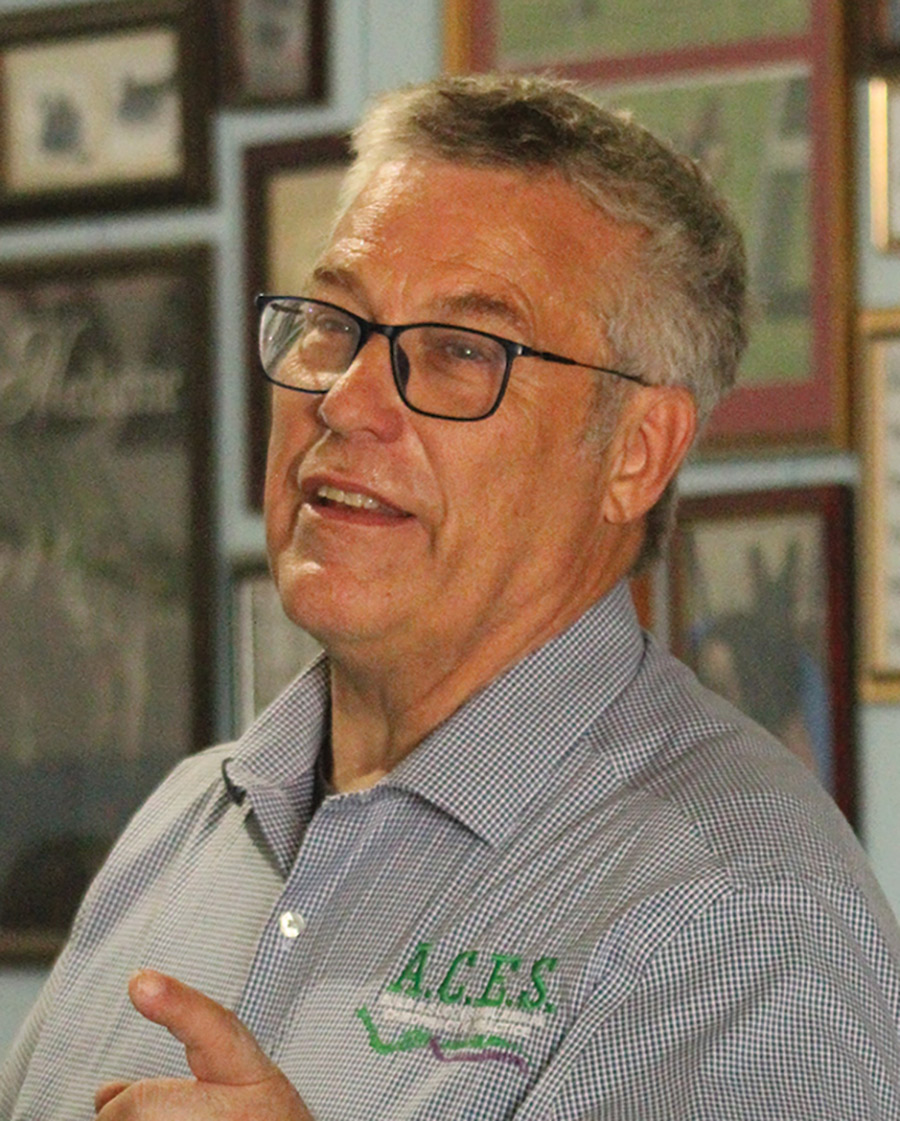
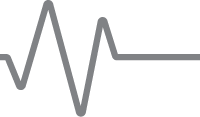
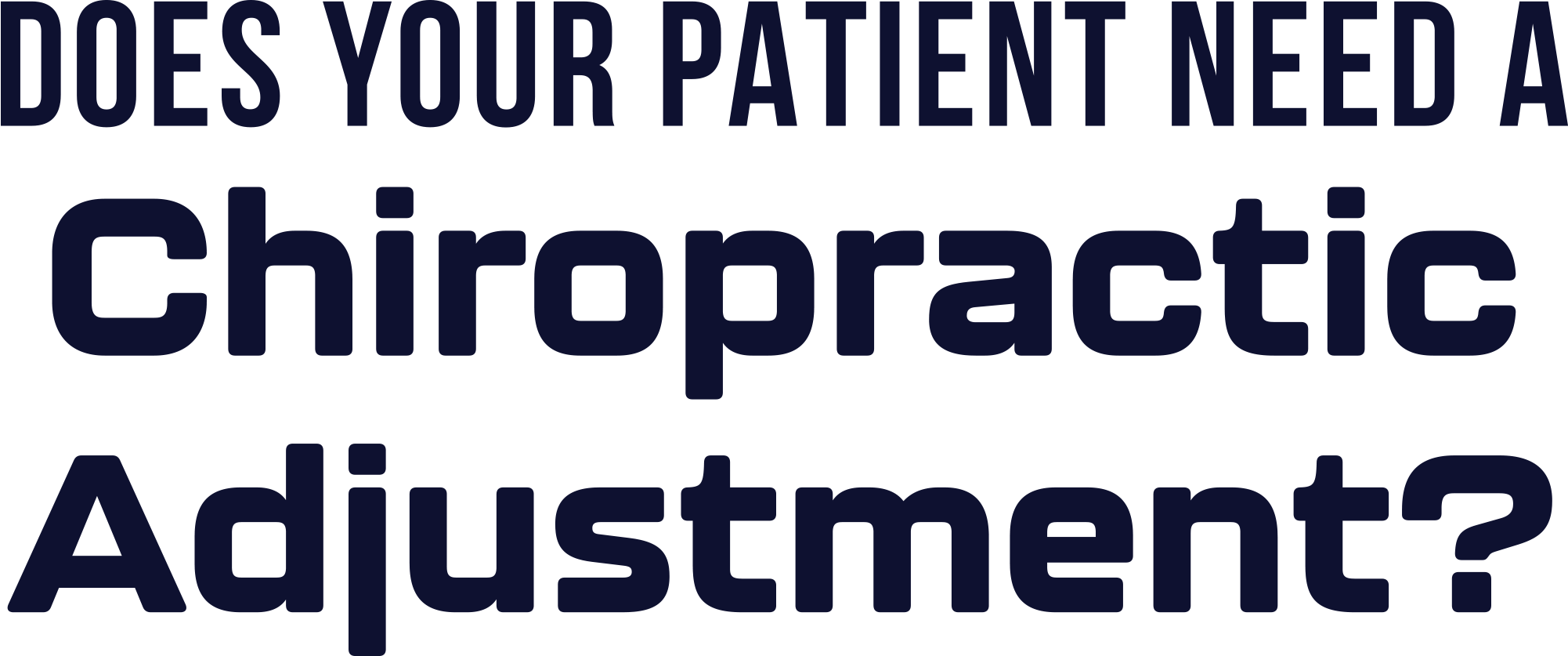
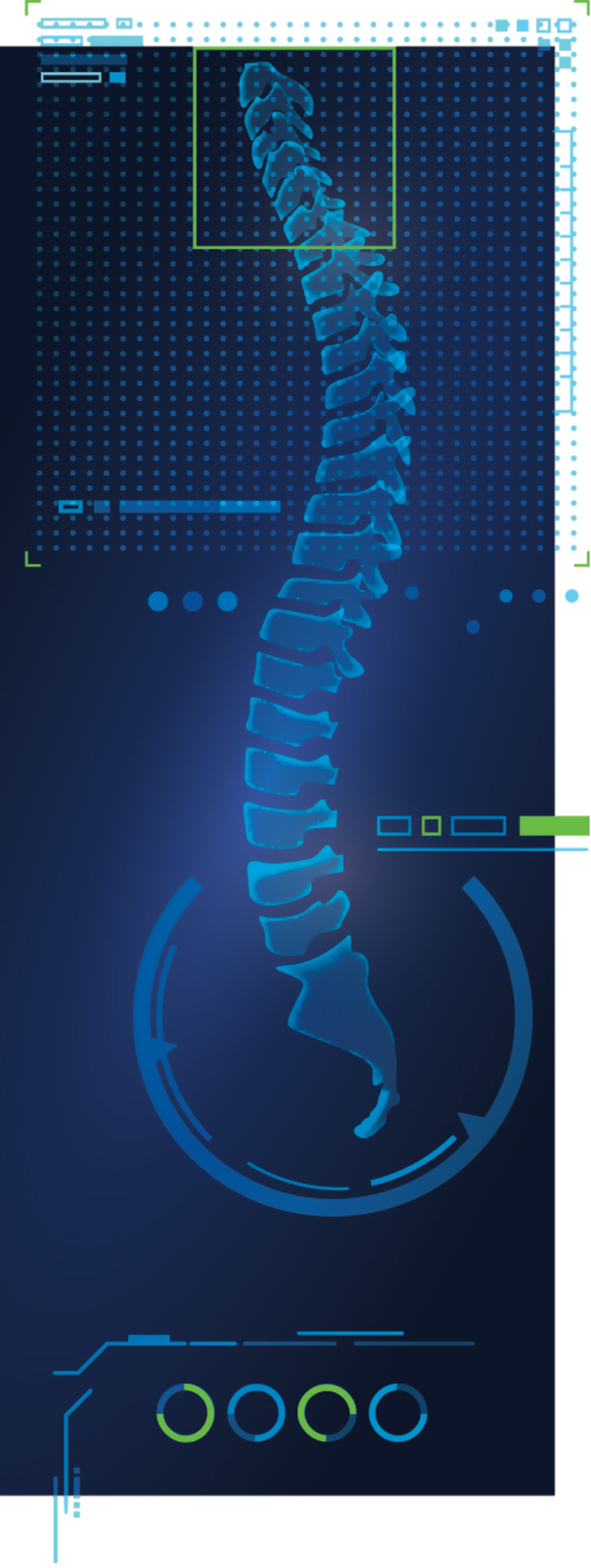
ne of my good friends greets people with the question, “How’s your atlas?” instead of the usual, “How are you?” True chiropractic is based on the spine and the central nervous system. The atlas is the first bone of the spine, located at the base of the skull or right behind an animal’s ears. A principled chiropractor will almost always adjust the atlas.
When we forget the whole and start to look at individual segments of the body, it is difficult to see how the atlas can be a problem, no matter what the symptom is. When we begin to expect healing to occur due to outside intervention, it is difficult to understand how the atlas can help so many problems with so few side effects.
It is very easy for any veterinarian to see if the atlas is moving correctly. The ability of an animal to bend its head and neck around so that it can see behind itself is called lateral flexion. The motion begins at the junction between the occiput (base of the skull) and the atlas. There will be about 10 to 15 degrees of lateral flexion at this first joint.
If that joint is misaligned or subluxated, then the first motion occurs between the atlas and the axis (the second cervical vertebra). The only motion that occurs at this second joint is rotation. When the first motion at the top of the neck is a rotation instead of a lateral flexion, it locks the entire neck out, causing it to be stiff and unable to bend properly.
When the atlas is out of alignment, it can actually put pressure and maybe a little torque on the brainstem. This puts direct pressure on the animal’s brain, disrupting the flow of messages through its central nervous system and affecting its body in a multitude of ways. The brainstem controls the flow of messages between the brain and the rest of the body, and it also controls basic body functions such as breathing, swallowing, heart rate, blood pressure, consciousness, vomiting, and whether the animal is awake or sleepy.
Pressure on the brainstem can cause changes in behavior and the inability of the animal to perform at 100%. Parts of the brainstem have a role in maintaining homeostasis—the body’s ability to adapt and survive in the environment. There are nerve tracts in the brainstem that play a large role in maintaining tone, balance and posture, especially during movement. They also relay eye and ear signals to the cerebellum so that visual, auditory and vestibular stimuli can be integrated in motor coordination. There are centers located here that enable the eyes to track and fixate objects, and central pattern generators which produce rhythmic signals to the breathing and swallowing muscles.
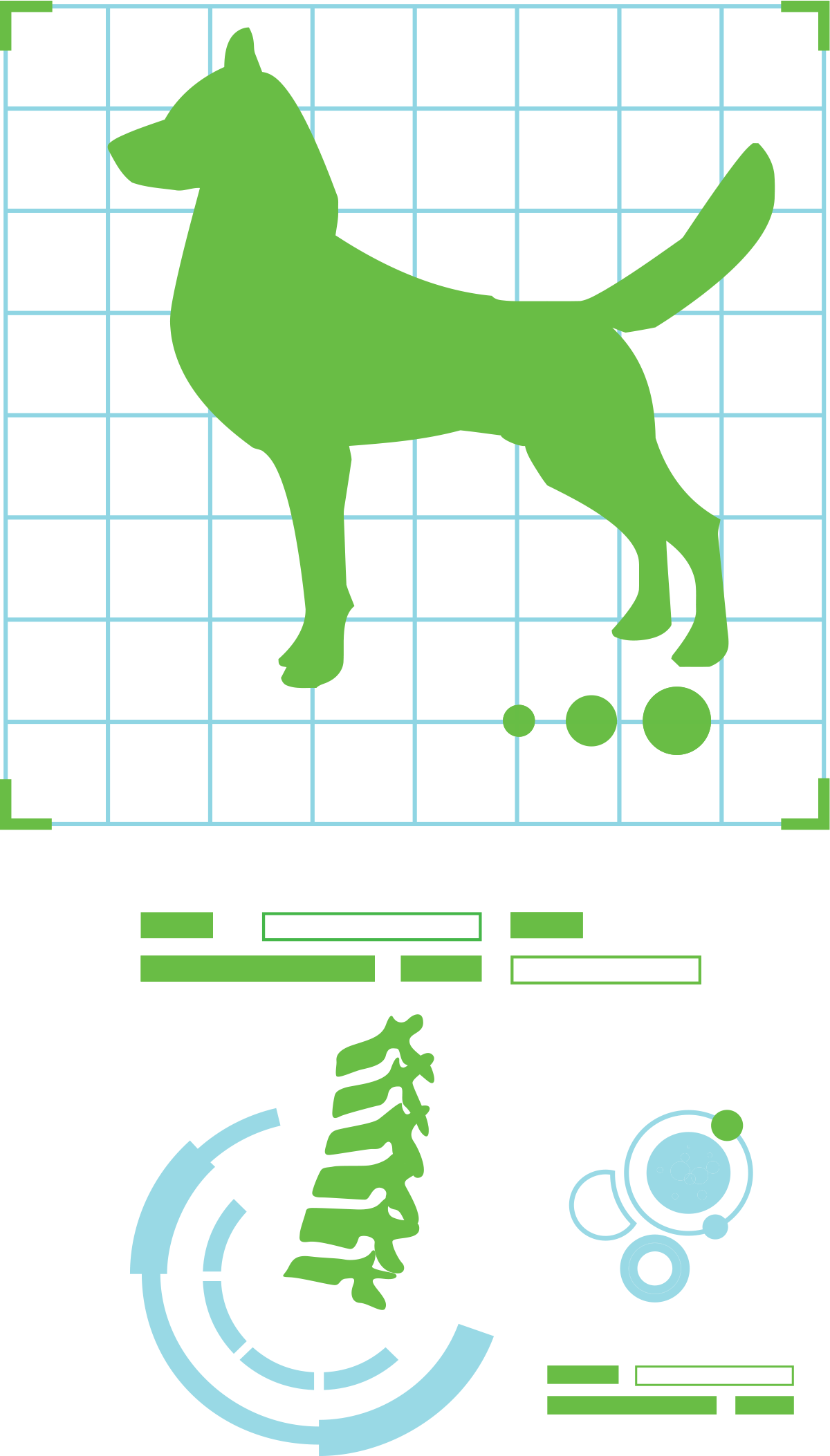
Inadequate motion will have a negative effect on the body in significant ways. Joints require movement through a full range of motion to maintain the health of cartilage and other structures within the joint. Full motion results in increased blood supply and nutrients to joint structures, with an increased quantity of synovial joint fluid (“oil in the crankcase”).
The edema that comes from inflammation is affected by gravity, and it sinks down to the bottom of the joint. This puts the swelling next to the area of the animal’s spinal cord that controls its hind limbs. The first nerves affected by swelling due to a lack of motion of the joint between the base of the skull and first cervical vertebra in the animals that we examine are the nerves that enable the proper movement of the hind limbs. Animals with weakness in their back legs, dogs that slip when they go around corners, and even dogs with veterinary diagnoses like hip dysplasia and problems with their stifle joints probably have a restriction in the movement of their upper cervical region.
For a four-legged animal to move correctly, it requires every bone, muscle, ligament, tendon and joint in its body to move correctly. A human can move around easily without moving anything above the waist. This is not possible for an animal that walks on four legs. When any animal walks or runs, its head moves up and down in a bobbing motion. This helps it to shift weight to the correct end as its limbs are picked up and put down.
When there is a problem in an animal’s foot, this bobbing motion becomes exaggerated as the affected limb is placed or lifted. When there is a problem in the atlas, this motion will become reduced, increasing forces that the lower limbs are exposed to on every step, leading to problems in the lower limbs such as arthritis and tendon problems. Keeping the atlas moving properly will help to keep the animal’s lower limbs healthier.
Flexion and extension of the nose and eyes occurs at C0/C1. A bilateral problem in the atlas will limit one or both of these, which can result in severe behavioral changes. An inability to flex the atlanto-occipital joint will result in an animal that can’t lower its nose to its chest, often leading to difficulty eating. In agility dogs, they may not come down the A-frame. It can also cause an animal to act superior to others as it must look down its nose to see peers. An inability to extend the nose will create an inability to look up. Dogs will resist sitting or lying down as the owner moves away, as they lose eye contact due to this inability. The animal may become very submissive and cease to interact with others in an appropriate manner.
When the subluxations at the atlas are adjusted, it will affect the way all joints and organs in the body function. This increase in demand for waste removal may exceed the ability of the liver, kidneys and other excretory organs to keep up. When an animal is over adjusted, especially on the first visit, there may be evidence of a healing crisis the next day or two. This seemingly depressed animal is actually the animal knowing it needs to rest so that the body can detoxify. It can result in a panicked owner. By keeping the adjustments to a minimum in any one visit, you should be able to avoid this scenario.
When the atlas has been cleared, everyone is able to see that the animal is clear of subluxations and free of interference to its nervous system, and this will allow healing to occur as it should.
- Suh, Chung Ha, PhD. University of Colorado Project. Effects of Compression on Spinal Nerve Roots.
